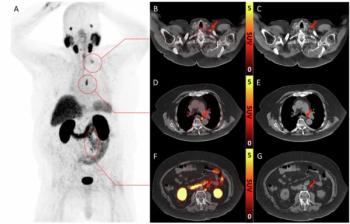An abbreviated MRI protocol is effective in breast cancer detection and holds promise for resource-efficient breast cancer screening in high-risk women, according to a study published in the journal Academic Radiology. Researchers from Johns Hopkins Medicine in Baltimore, Md., and Columbia University in New York, NY, performed a prospective paired cohort study to assess the performance of an abbreviated MRI protocol as a resource-efficient approach for screening patients at high-risk of breast cancer. It also assesses whether the abbreviated protocol alters the assigned Breast Imaging Reporting and Data System (BI-RADS) category. The researchers reviewed 1,052 MR images of women at high risk of breast cancer using an abbreviated MRI protocol, followed by an immediate review of additional sequences included in a full diagnostic protocol. BI-RADS assessments, including all changes and interpretation time. All were recorded for both the abbreviated and full protocol reviews. Cancer detection rate, positive predictive value 3 (PPV3), sensitivity, and specificity were calculated. The results showed the magnet time for the full protocol was 24 minutes, compared with three minutes with the abbreviated protocol. Cancer detection rate was 13.3 per 1,000 with a PPV3 of 30.4 percent based on the full protocol. Review of sequences included in the full protocol resulted in a change in the final BI-RADS assessments in 3.4 percent of the cases, the majority of which did not change clinical management with respect to biopsy. The sensitivity and specificity of the abbreviated and full protocols were not significantly different. The researchers concluded this pilot study demonstrated effective performance in cancer detection. BI-RADS assessments were rarely altered with the additional information afforded by the full protocol. The abbreviated protocol holds promise for resource-efficient breast cancer screening in high-risk women.


























